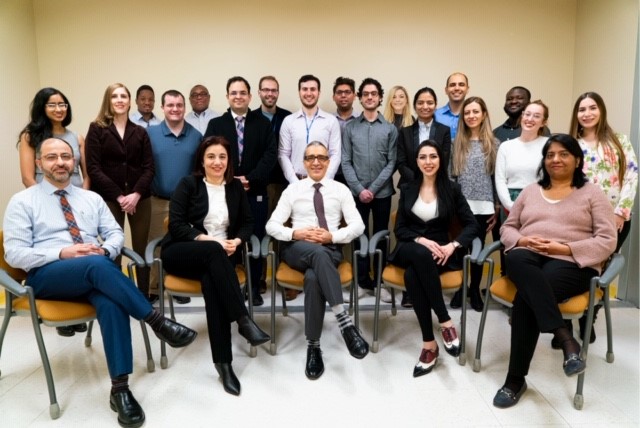Spinal Cord Injury
Treatment of Sleep Apnea in Patients with Cervical Spinal Cord Injury



Posted March 20, 2020
M.Safwan Badr, M.D., Wayne State University
Advances in healthcare have improved outcome and life expectancy for people after spinal cord injury (SCI), inevitably increasing the prevalence of chronic diseases common in middle-aged and older adults, such as obesity, sleep apnea, and heart disease. The SCI community has a particularly high incidence rate of sleep apnea, a condition characterized by periods of interrupted or reduced breathing that results in decreased oxygen levels in the blood (hypoxia) and fragmented sleep. Sleep apnea is classified broadly in two forms: obstructive apnea, caused by narrowing closure of the airway, or central apnea, due to reduction of the drive to breathe. Typically, patients with sleep apnea report snoring and daytime sleepiness/fatigue. Unfortunately, sleep apnea is more common in people living with SCI and may be difficult to detect, because they already suffer from a multitude of sleep complaints including poor sleep quality, in addition to daytime fatigue and sleepiness1.
Dr. M. Safwan Badr and the sleep research program at the Wayne State/John D. Dingell VA Medical Center have focused on the mechanisms of sleep apnea in SCI for the past two decades. One of their findings was that people living with SCI are very commonly afflicted by central apnea, which may be challenging to treat, because SCI patients also suffer from ventilatory system impairments, such as reduced lung volume and abnormal chest wall mechanics1. Another finding was that the majority of these patients were undiagnosed and untreated, despite the established adverse consequences of sleep-disordered breathing. Underlying reasons for this disparity include failure to recognize the symptoms and the inability of sleep centers to accommodate the special needs of patients with limited mobility. This was the impetus for continuing research into approaches to treat central apnea in people living with SCI.
Thus, with funding from a Fiscal Year 2015 Clinical Trial Award, the research team is focused on the mechanisms and treatment of sleep apnea, specifically within the SCI community. The project asks three fundamental questions: How do the effects of sleep apnea compare between cervical and thoracic SCI patients? Can administration of supplemental oxygen regulate respiration during sleep for cervical SCI patients with central apnea? And, can sleep quality be improved in this population through administration of the prescription sleep-aid Tradozone? This is the first comprehensive study focused exclusively on central apnea in SCI patients and is a valuable step toward the development of a therapeutic pathway to improve the care and quality of life for people living with SCI.

Dr. M.Safwan Badr and research team
Reference:
1 Sankari A, Vaughan S, Bascom A, Martin JL, Badr MS. Sleep-Disordered Breathing and Spinal Cord Injury: A State-of-the-Art Review. Chest. 2019 Feb;155(2):438-445. doi: 10.1016/j.chest.2018.10.002. PMID: 30321507
Link:
Public and Technical Abstracts: Treatment of Sleep Apnea in Patients with Cervical Spinal Cord Injury
Last updated Thursday, December 5, 2024














